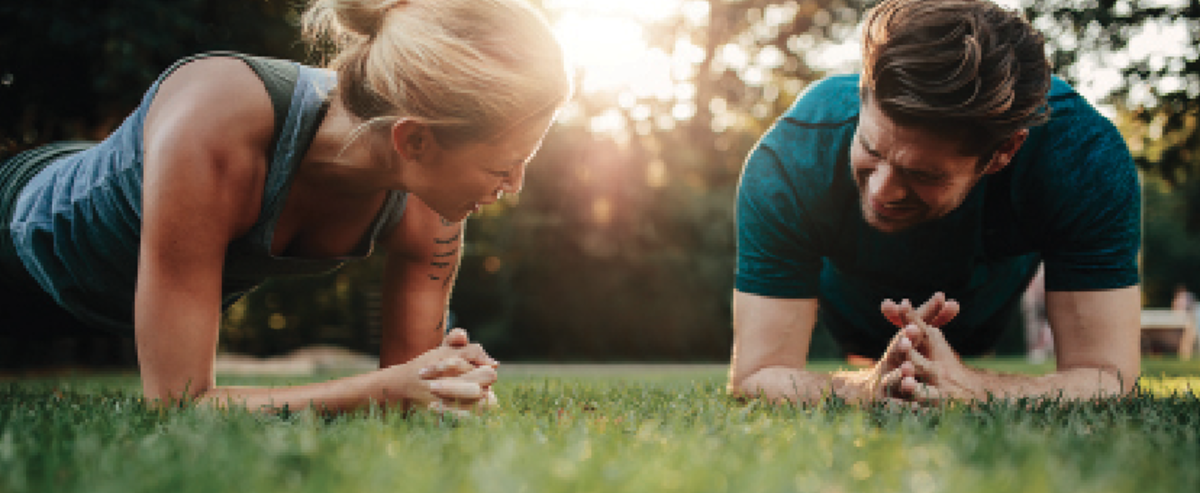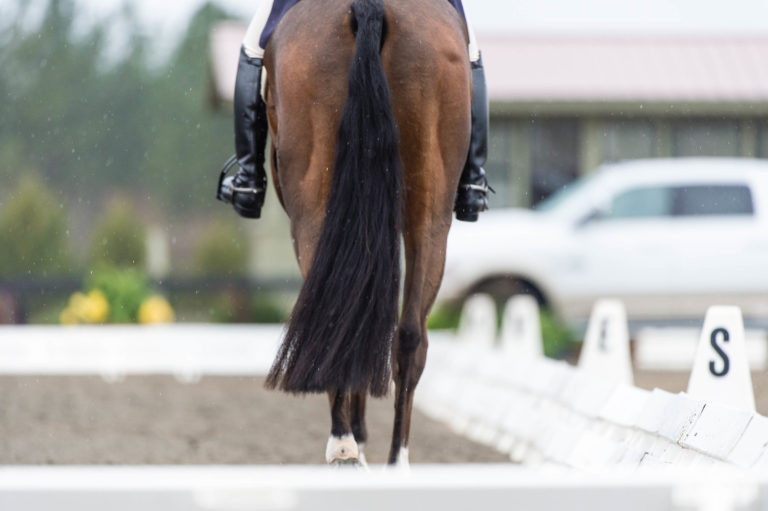Q: I was told that when posting the trot, I bump into my horse’s back when sitting down, yet I’m not aware of it. Leaning slightly forward doesn’t seem to solve the problem. Do you have any suggestions on how I can post the trot without falling into my horse’s back?
—Name withheld by request
A: You are not alone. Getting the correct balance and mechanics for a good posting trot can take some time and effort. The longer you have been posting bumping into your horse’s back, the more you will need to consciously retrain your mind and body to recognize the correct balance.
The first place to start will be to look at your saddle fit and balance. When the saddle is on your horse’s back, the lowest place of the seat should be centered. Often the saddle has the lowest part of the seat in the back half of the saddle. When the saddle is out of balance like that, it is hard for any rider to post easily. Have your instructor stand next to you in your saddle at a halt. With you sitting in the center of the saddle, your body should be in vertical alignment with your shoulders over your hips and your hips over your heels. If your feet are in front of the vertical line, it is quite difficult to control your balance while posting. If it looks like your saddle may be a little low in back, try putting a folded towel under the cantle to raise the back. Then try posting. If this makes posting easier, you might need to have your saddle adjusted or reflocked.
Once your saddle is in correct balance, there are several mounted exercises to help you gain control of your posting.
1. Go into a half-seat position while at the walk. To do this, put more weight into your stirrups and heels, keeping your knees soft, and take your seat slightly out of the saddle. Walk, holding this position, using mane or a neck strap to help you balance. Concentrate on keeping your balance as the horse moves. Your body stretches down (from below the waist) and up (from above the waist) at the same time, much like the balance a tennis player has when serving a ball. You should work up to being able to hold this position around the arena.
2. Practice posting at the walk. This will help you engage your core to help lift and stabilize your upper body because at the walk there is no push up from the horse’s impulsion. Take this exercise to the next level by posting at the walk with your hands on your hips.
3. Get your instructor or a friend to longe you on a reliable horse. At the trot, practice posting with your hands on your hips, then with your hands on your shoulders and then with your hands on your head. Alternate these arm positions while you stay in posting trot.
Repeat these simple exercises daily until you have confirmed the correct balance and independent seat for posting.
In addition to these exercises, it is helpful to have some mental images to help you find this balance and have an engaged core during your ride. Here are some mental images to help you find your self-carriage:
1. Stay out of the hole. Imagine that the center of the saddle is a hole rather than a platform and you want to touch down but not allow yourself to fall in.
2. Post quietly. If you hear your seat hitting the saddle at each down beat, you are falling down. Engage your core and balance yourself to touch down quietly.
3. Imagine a string attached to the top of your helmet, lifting you up.
4. Find a phrase or image that helps you stay engaged and balanced and say it to yourself often.
Off the horse, strengthening your core will help with your physical ability to carry yourself while you ride. You have many choices, such as Pilates and yoga, to enhance core fitness. However, even a few simple exercises at home or in the barn, when done regularly and correctly, will make a significant improvement.

The plank exercise is an easy way to develop your core strength and stability. Start out on the floor on your forearms and feet. Have your body and hips in alignment between your shoulders and heels. Challenge yourself to hold this position for a minute at first and work up to several minutes. If the full plank is difficult at first, modify the exercise by going to your knees, keeping your shoulders, hips and knees in alignment. Maybe you can have a barn challenge, adding a minute a week to the time that everyone can hold the plank. Look at YouTube, where you can find many variations of plank exercises, which can keep this exercise fresh and challenging.
Once you have the correct balance with your saddle, the correct mechanics of the post, a good mental image and a strong, stable core, you will be acing the posting trot.

Debbie Rodriguez
is a USDF bronze, silver and gold medalist as well as an “S” dressage judge and an “R” eventing judge. She is an active competitor, coach and clinician, and takes an interest in personal fitness as it enhances riding. She became a certified personal trainer with ISSA as she developed the “Success In The Saddle” core-fitness program.











